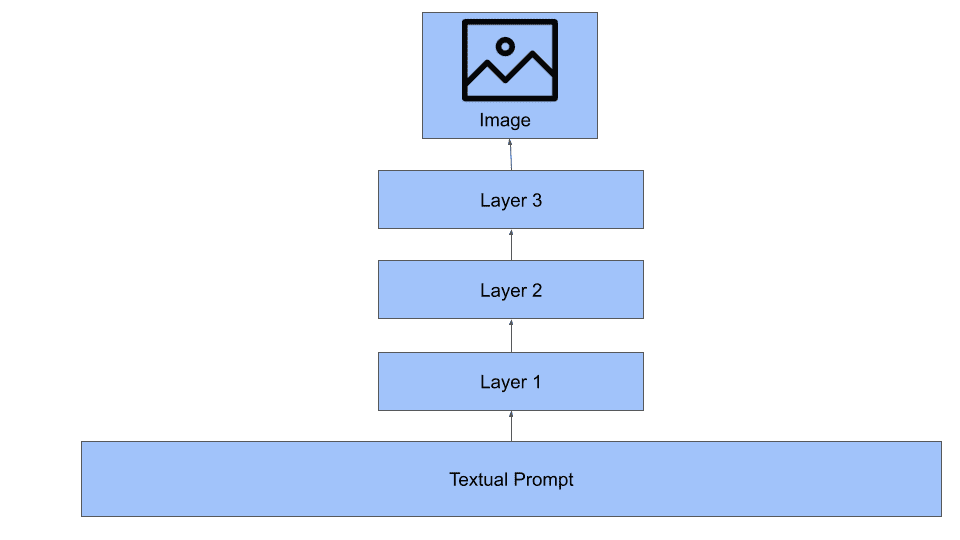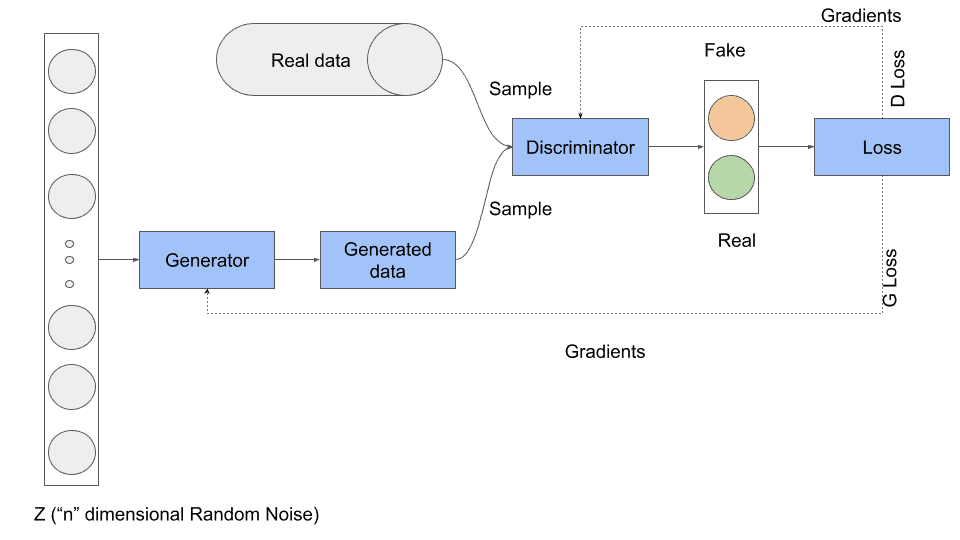1. Overview
Artificial Intelligence (AI) is revolutionizing image generation with its ability to create stunning and imaginative visuals. AI image generators use intricate algorithms, such as neural networks, to craft anything from lifelike portraits to surreal landscapes.
In this tutorial, we’ll talk about AI image generators, DALL·E in particular, and their real-world applications.
2. The Challenge of Accurate Image Synthesis
In the evolving landscape of artificial intelligence, a fascinating problem stands out: how to accurately translate textual descriptions into corresponding visual imagery. For example, let’s take the description “a serene lake surrounded by autumn trees.” This phrase might instantly evoke a vivid image for humans, complete with the rich hues of fall leaves reflecting on still water.
However, for AI, this requires a complex dance of algorithms to generate a matching picture. As we delve deeper, we find that AI systems need to understand the nuances of language, the context behind words, and the myriad ways different elements can be visualized.
Another challenge arises when considering abstract descriptions like “a dreamy, otherworldly landscape.” Such a phrase leaves ample room for interpretation, making it even more challenging for AI to produce an image that captures the essence yet remains true to the textual specification. Therefore, synthesizing images from text is also about grasping the subtleties and emotions behind the words.
3. Key Architecture and Models
Specific architectures and models stand out in AI-driven image generation due to their efficiency and capabilities.
3.1. Generative Adversarial Networks
Generative Adversarial Networks (GANs) are at the forefront of AI image generation.
GANs consist of two primary components: the generator and the discriminator. The generator crafts images from random noise. On the other hand, the discriminator evaluates these images, trying to determine if they’re real or artificially generated. Through a continuous tug-of-war, the generator refines its image-producing capabilities, aiming to deceive the discriminator:
During training, a competitive dance ensues: the generator strives to fool the discriminator while the discriminator sharpens its discernment. Guided by a loss function that measures their performance, both networks improve. After sufficient training, the generator can adeptly transform noise into realistic images.
3.2. DALL·E
DALL·E is a fascinating blend of advanced techniques and imaginative applications. Taking its foundation from the renowned transformer architecture, DALL·E isn’t just another text-processing tool. It transforms textual descriptions into visually enthralling images.
We must venture into its core to appreciate DALL·E’s workings. Initially, a textual prompt serves as the input. This prompt undergoes processing in the first layer, where DALL·E interprets the semantics and nuances of the description. Moving on, in the next layer, it correlates this understanding with its extensive training data. Let’s think of this as DALL·E searching its vast memory of text-image pairs to find the most relevant match or reference.
As we progress to the third layer, the system taps into learned patterns, considers previous associations, and forms an image that resonates with the input text.
For instance, given a prompt like “a futuristic city skyline with neon lights,” DALL·E sifts through related concepts it has learned and begins the image generation process.
Here’s its flowchart:

We start with the textual input at the base. From there, three layers process it to generate a fitting image.
4. Applications in the Real World
For instance, in the fashion industry, designers can use GANs to visualize and create innovative clothing designs. We can conjure unique fashion ideas by inputting a few specifications into the generator.
Moreover, we can use GANs to craft diverse paintings and blend different art styles.
GANs contribute significantly to medicine. They assist in generating medical images for training and research. By producing high-quality, realistic imagery, researchers can analyze conditions and diseases without relying solely on hard-to-obtain real-world samples.
In the advertising sector, they can craft custom graphics based on specific textual prompts, making the generation of unique marketing material efficient and tailored.
Additionally, teachers can utilize generators to create visual aids corresponding to textual descriptions, enhancing the learning experience for students. For instance, when paired with a DALL·E-generated image, a complex scientific concept becomes more understandable.
Lastly, image generators can aid scriptwriters and creators in the entertainment industry. Converting written concepts into visual prototypes can streamline the process of character and set design, bringing creative visions to life more effortlessly.
5. Implications for Society
When embracing the transformative power of AI, we must also ponder its broader societal implications. Firstly, AI’s rapid growth sparks vital conversations about data privacy. Immense datasets fuel powerful models, emphasizing the importance of ethical data handling and user consent.
Moreover, biases in AI present another pressing issue. If trained on skewed data, models can inadvertently perpetuate existing biases, affecting outcomes in sensitive areas like healthcare, finance, and law enforcement. Thus, creating unbiased algorithms is a paramount concern for fair AI applications.
Additionally, the job landscape undeniably shifts with AI advancements. While AI introduces efficiency and automation, it simultaneously challenges the relevance of certain professions. This evolution underscores the urgency for updated educational curricula and retraining programs.
Furthermore, AI’s capability to generate realistic content stirs concerns. Differentiating genuine content from AI-generated ones becomes a real issue, especially in an era of battling misinformation.
Lastly, accountability in AI decisions remains a pivotal topic. When AI systems make decisions, who bears the responsibility? Establishing clear guidelines becomes essential.
6. Benefits and Risks
AI-driven image generators bring numerous benefits and, concurrently, a set of risks. Advertising, entertainment, and education can profit from tailored and on-the-fly visual content, enhancing engagement and understanding.
However, on the flip side, these technologies might be exploited for malicious purposes, such as creating deceptive visuals or deepfakes. There’s also rising concern about copyright infringements, where AI-generated images could inadvertently resemble existing artworks or photos:
7. Conclusion
In this article, we discussed generating images from text using GANs and DALL·E. While these tools offer remarkable advancements for real-world applications, they have challenges, including ethical and societal implications.
Thus, as we march forward, it’s essential to weigh the undeniable benefits against the inherent risks, ensuring a harmonious integration of this technology into our lives.
